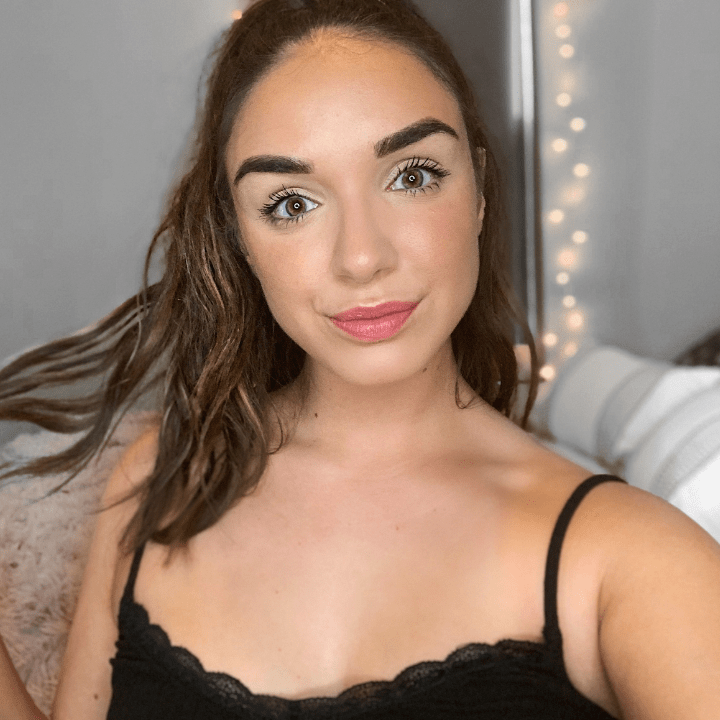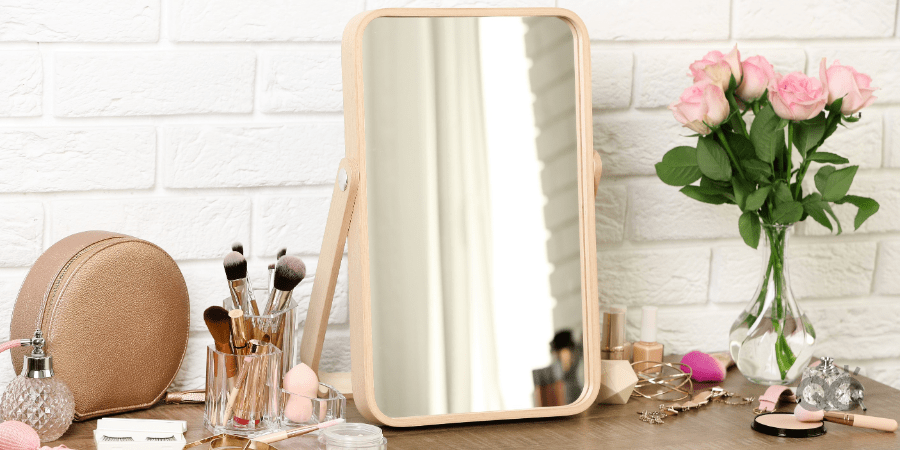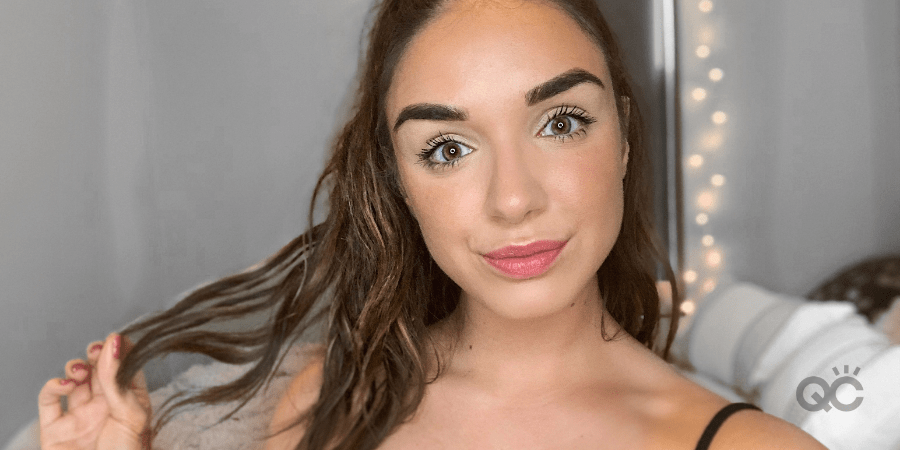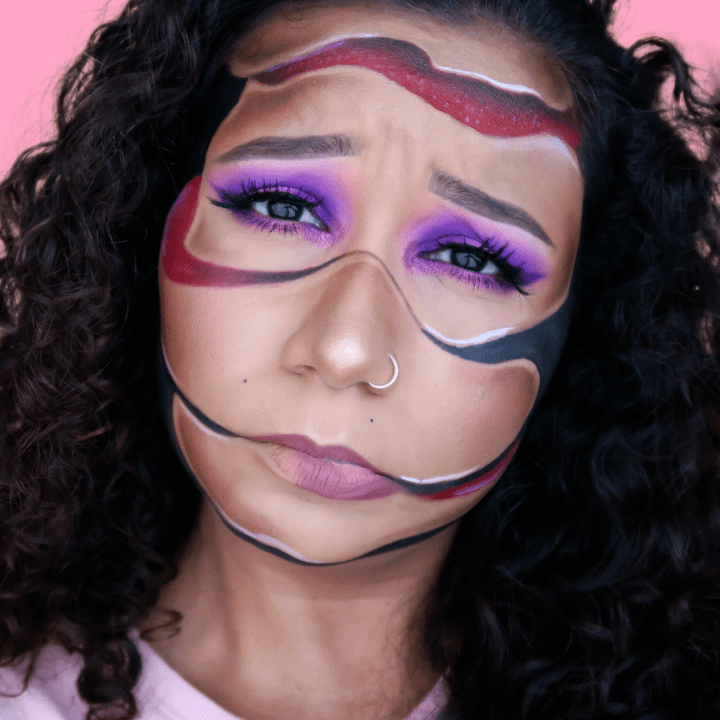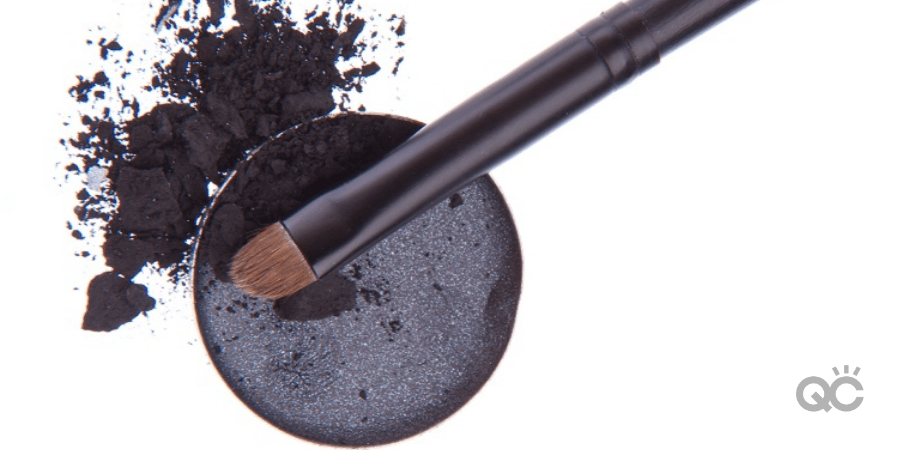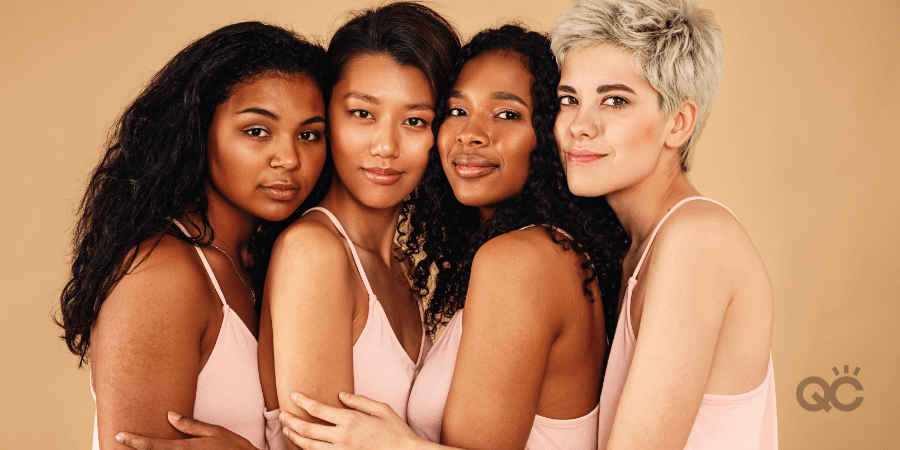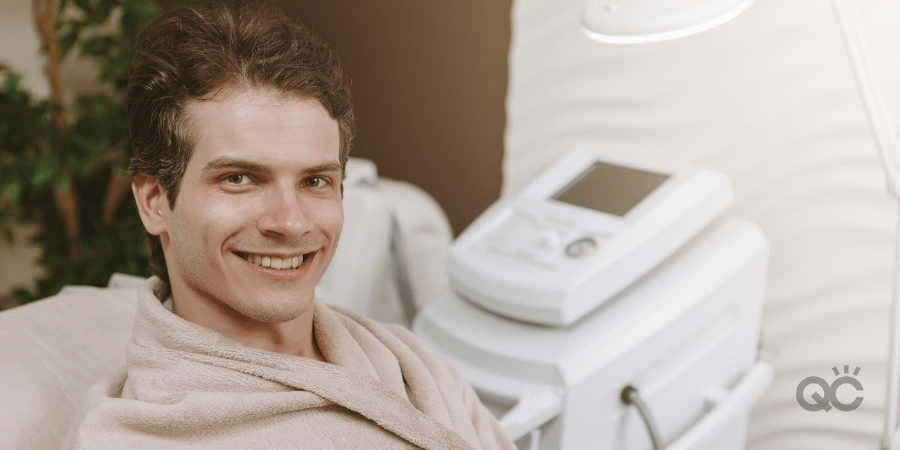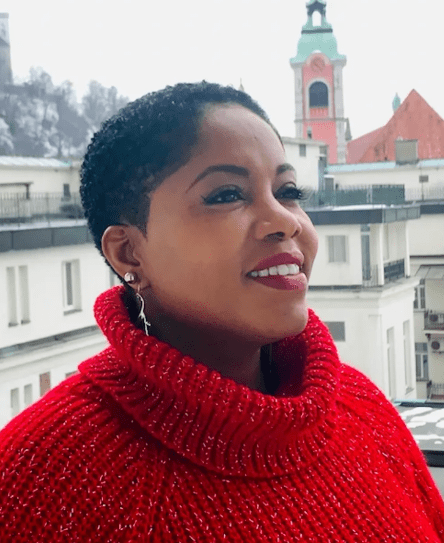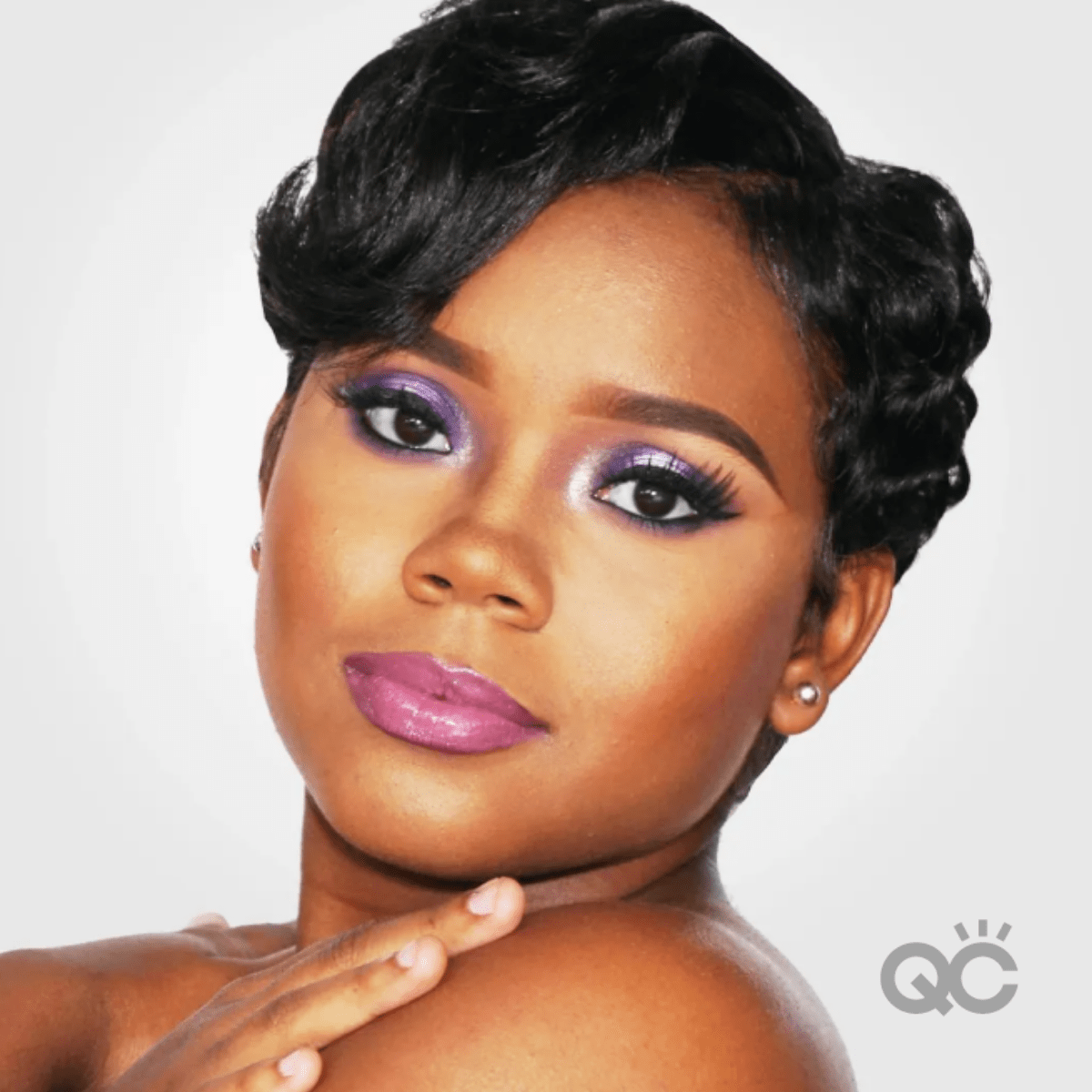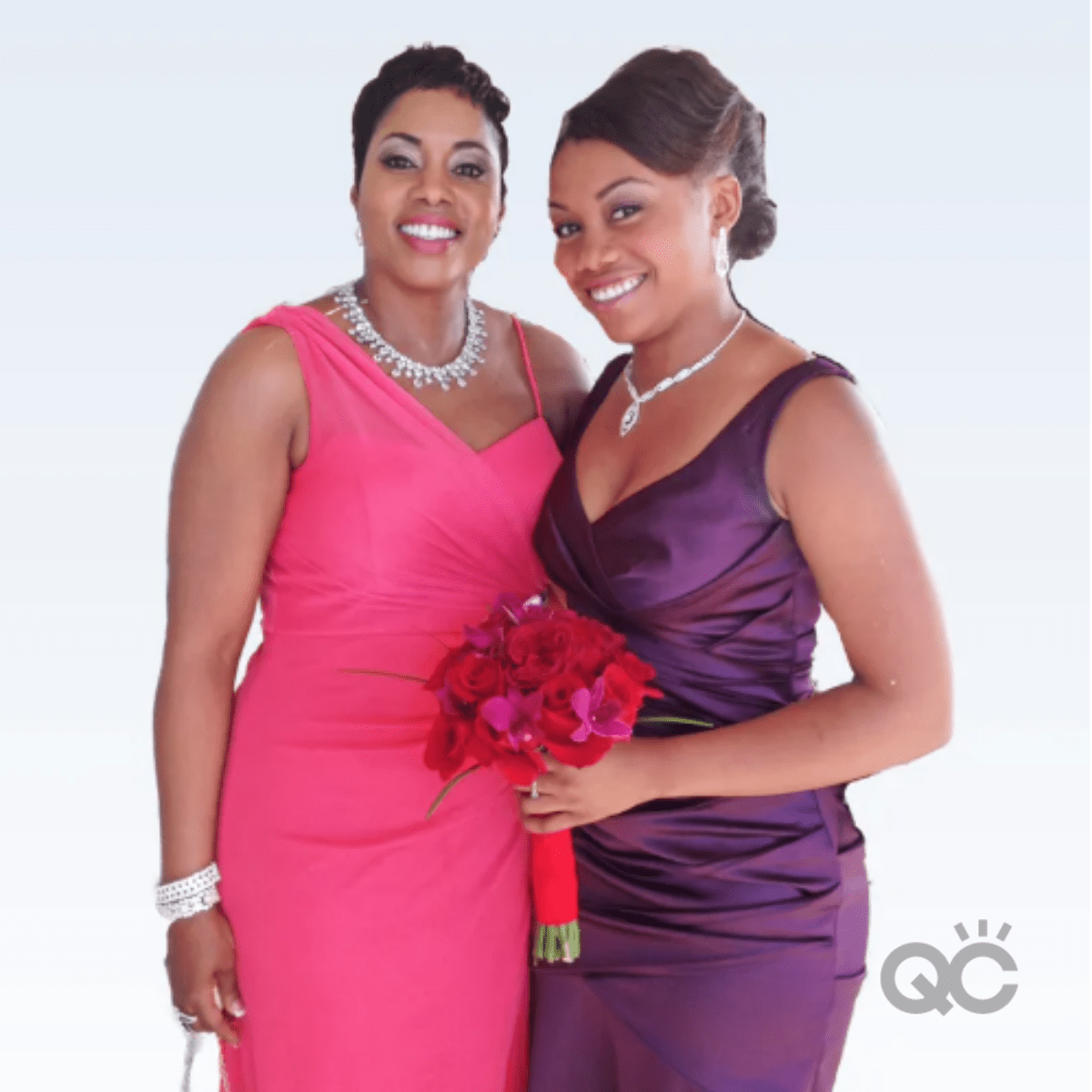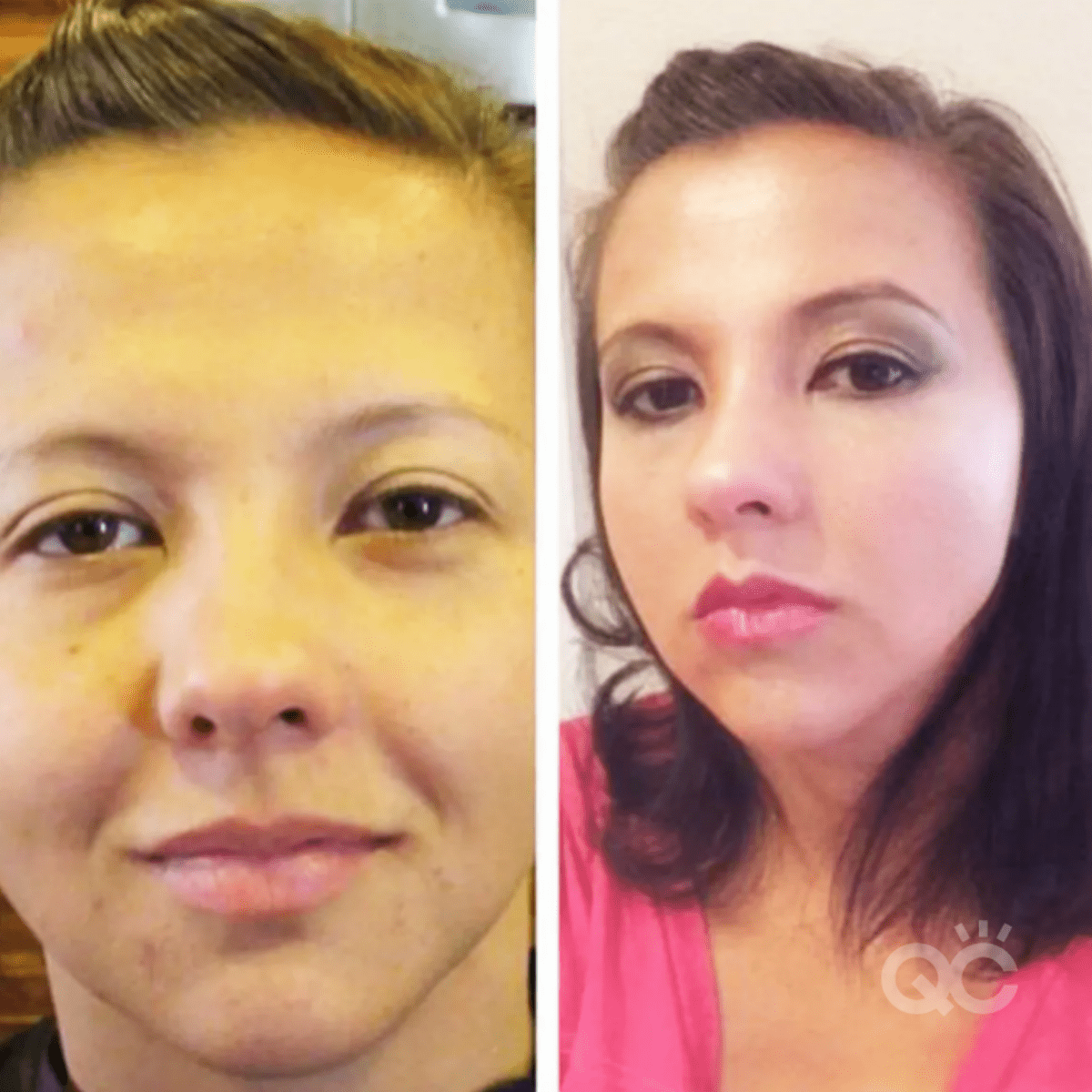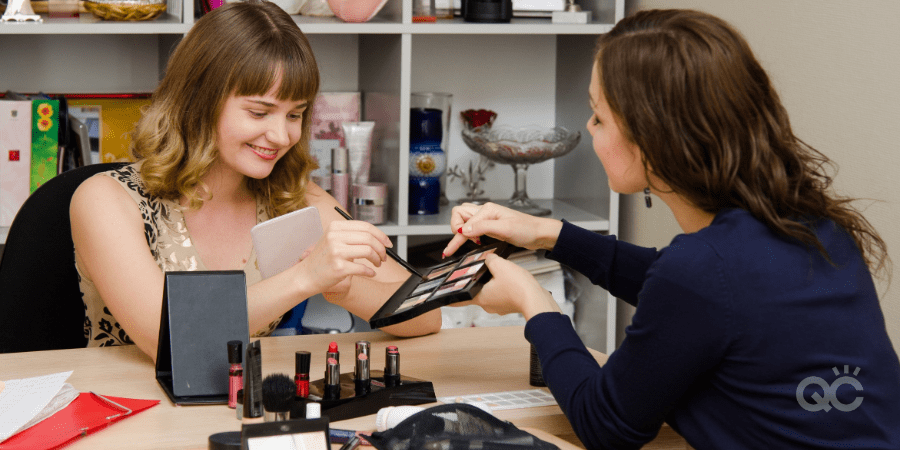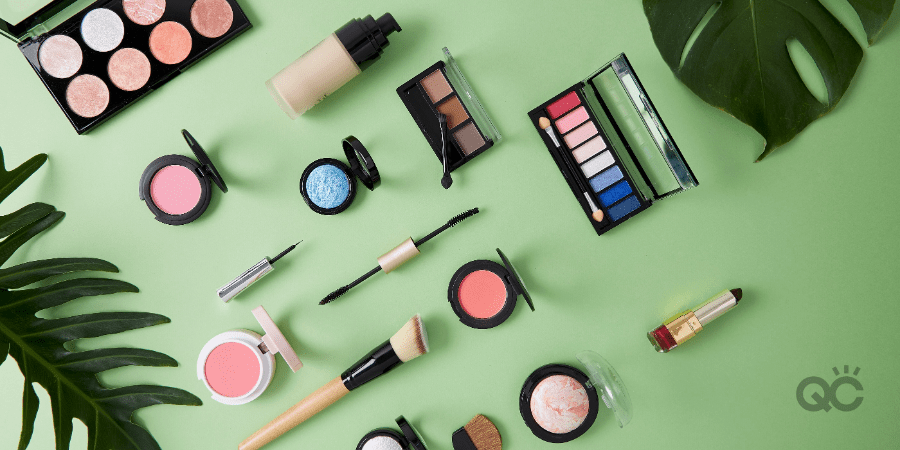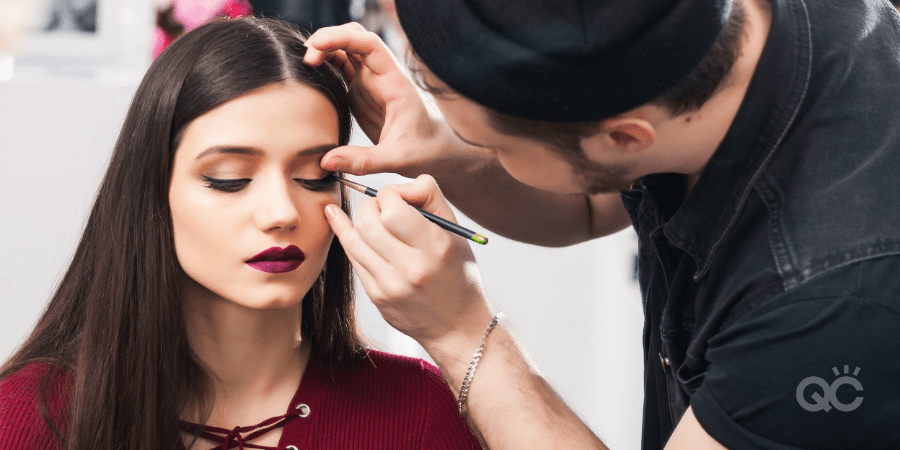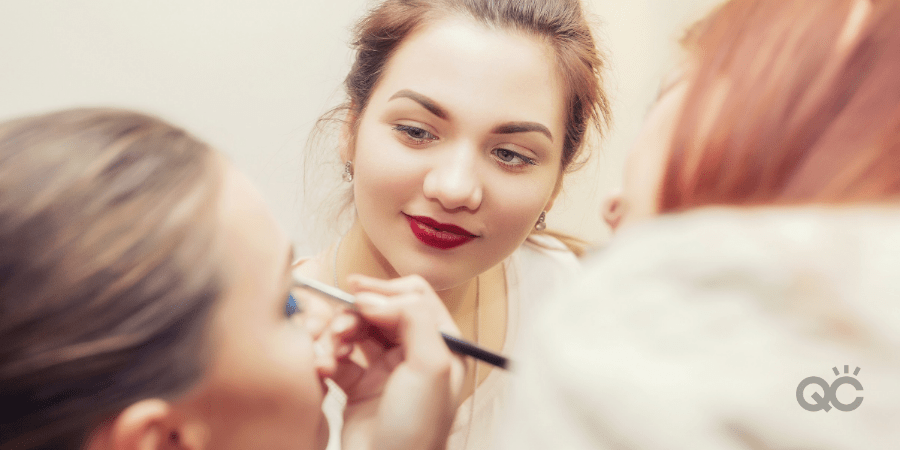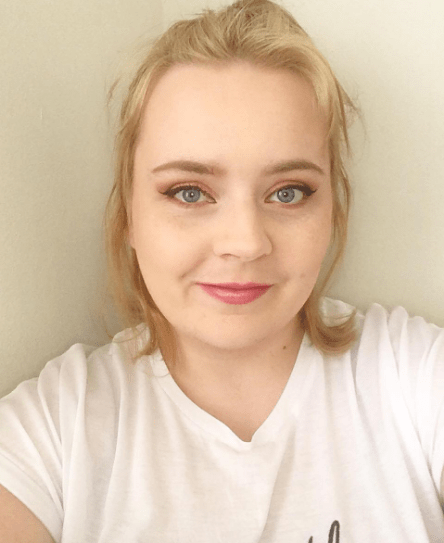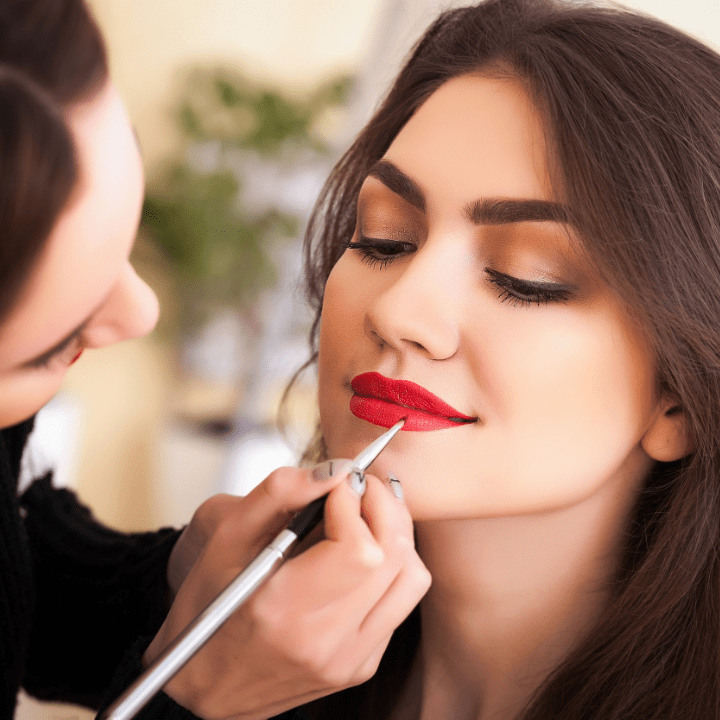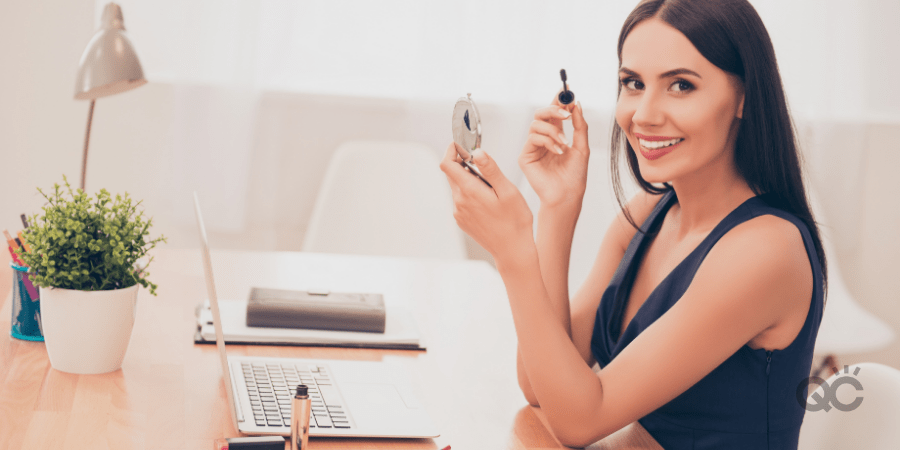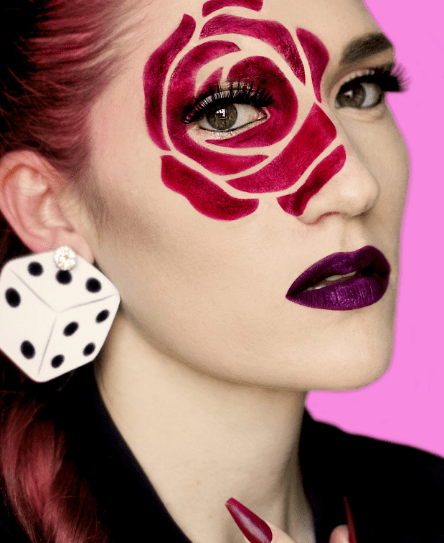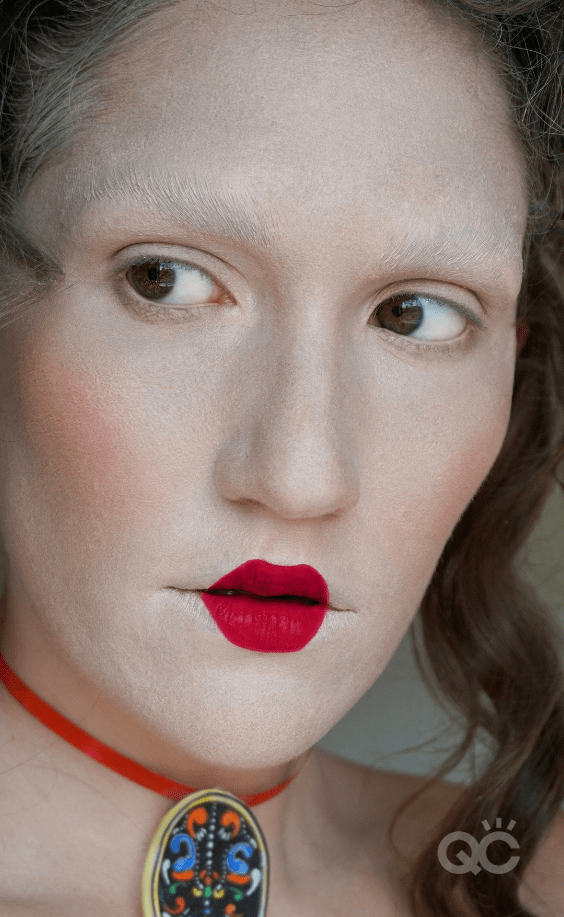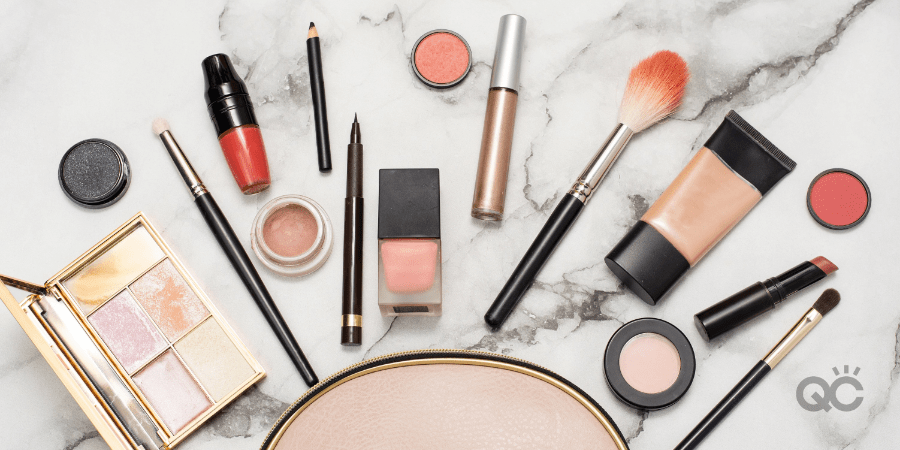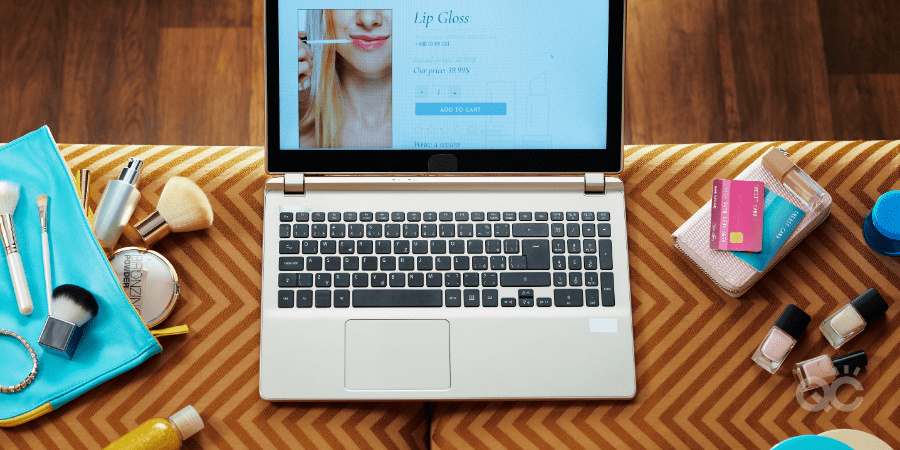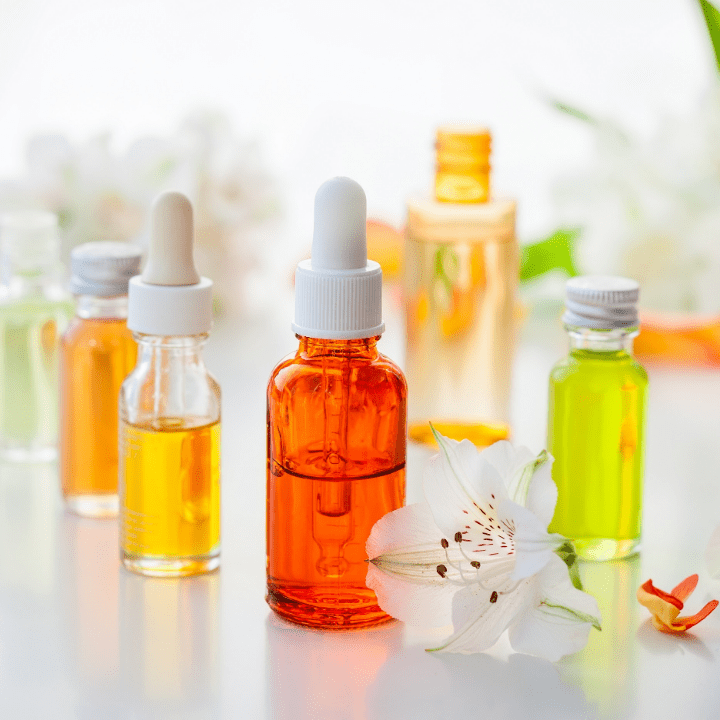
So, you’ve decided that you want to add skincare services to your makeup career. This is great! Not only will it add to your overall skill-set as a beauty expert, but it’s also an awesome business move. Now the question is: how do you get started?
Obviously, the smartest path is to get yourself expert training. Most makeup artist schools will provide students with some type of skincare education and certification. For example, QC Makeup Academy offers an internationally-leading online Skincare Course that will prepare you to become a skincare consultant!
But is this enough?
In the world of skincare, the two most popular career paths are to either become a skincare consultant or a dermatologist. The option best suited for you is entirely dependent on what YOU want to do with your career. But make no mistake: they are VERY different professions, requiring different sets of skills and qualifications!
Let’s start by first examining dermatology. In particular, we’ll look at what dermatologists do, and what kind of certification is needed.
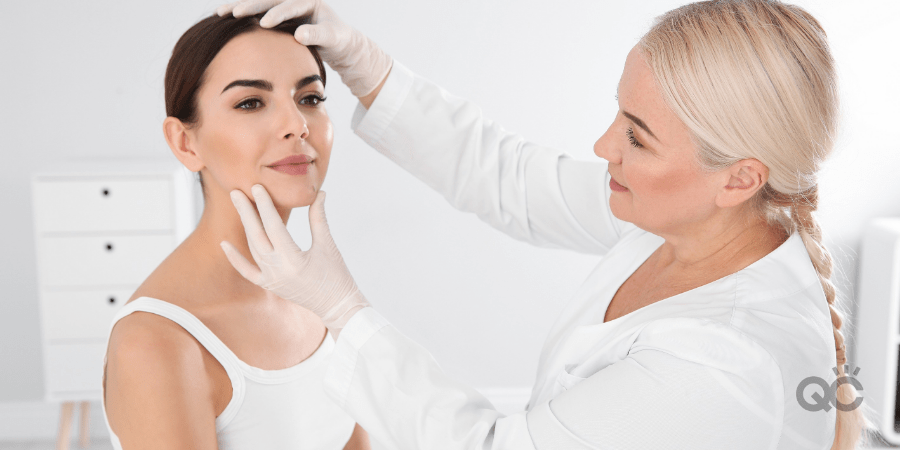
What is a dermatologist?
A dermatologist is a medical professional who specializes in treating skin, hair, and nail issues. Their patients can range anywhere from newborn babies to senior citizens, and everything in between. Due to the extensive schooling and training required for this profession, a dermatologist is actually a type of doctor!
What does a dermatologist do?
The responsibilities of a dermatologist are extensive and incredibly varied. Because each client may come with their own unique issue, a dermatologist must be skilled in many different areas of skincare treatment.
Some of their job duties may involve:
- Conducting an initial consultation with a client
- Examining the patient’s skin and diagnosing the issue
- Recognizing various skincare conditions and afflictions
- Understanding the proper medical treatment(s) that should be prescribed to a given condition
- Prescribing said treatments to clients
- Following up with clients and assisting through the treatment
- Assisting with hair loss
- Surgically removing acne, cysts, etc. (Think Pimple Popper!)
- Surgically removing any suspicious and/or potentially dangerous skin conditions, such as melanoma, carcinoma cells, etc.
- And much more!

What schooling does a dermatologist need?
Any job that gives you the title of “doctor” is going to require lots of schooling and training! Dermatology is of no exception. After all, dermatologists are the leading experts when it comes to skin, hair, and nail knowledge. In order to get to that level of expertise, you’ve got to be willing to put in the time.
To put this into perspective: if you wished to become a dermatologist, you would first need to do 4 years of post-secondary schooling and receive a bachelor’s degree. After that, you’d be required to do 4 more years in medical school, in order to become a licensed doctor.
Once your education is complete, next comes the hands-on experience. Any doctor needs to have in-field training for a certain period of time before they can successfully branch out on their own. When it comes to dermatology, this often means a year-long internship, followed by three years of residency.
The average dermatologist needs to clock in approximately 12,000 to 16,000 hours of working under the wing of experienced doctors, and getting hands-on experience with treating patients. Yes, this is a lot – we’re not going to try and sugar-coat it. Any aspiring dermatologist will earn their stripes (and then some) during the first few years of their career.
But the process is this rigorous so that once you’re ready to fly solo, there’s NO doubt that you’ll know exactly what you’re doing!
What licensing does a dermatologist need?
After completing their residency period, dermatologists then need to do an additional set of exams. Successful completion of these exams will allow them to become board-certified. Board certification provides clients with the promise that their dermatologist has been trained at the highest possible level.
On the other hand, a dermatologist who is not board-certified is often seen as a red flag. More often than not, this means that they didn’t pass their board exams. For obvious reasons, most clients won’t want to put their skin and/or health concerns in the hands of someone who shows signs of incompetence.

Where one needs to obtain board certification depends on where they’re located. For example, in the United States, board certification would either come from the American Board of Dermatology, or the American Osteopathic Board of Dermatology. In Canada, board certification is done through the Royal College of Physicians and Surgeons of Canada.
If you’re interested in becoming a professional dermatologist, we strongly suggest researching into your country if residence to find out what the board of certification is in your area.
Can a Skincare Consultant Course qualify you to be a dermatologist?
No, it cannot. As we’ve seen, a dermatologist needs post-secondary education, followed by medical school. A Skincare Consultant Course can often be done in as little as 3-6 months. You can also frequently find them offered by reputable makeup artist schools.
So, if you have aspirations of being a licensed dermatologist, know that a Skincare Consultant Course won’t be able to provide you with the thorough training and education that’s needed for this profession.
However, a Skincare Consultant Course provides you with a very different set of skills! In fact, you’ll likely find that these skills are far better suited to your career as a professional makeup artist. This is because they can be incorporated much more effortlessly into your business!
How, you may ask? You’ll just need to wait for Part Two! There, we’ll break down exactly what a Skincare Consultant is, the training required, and the qualifications you’ll receive! 😊
